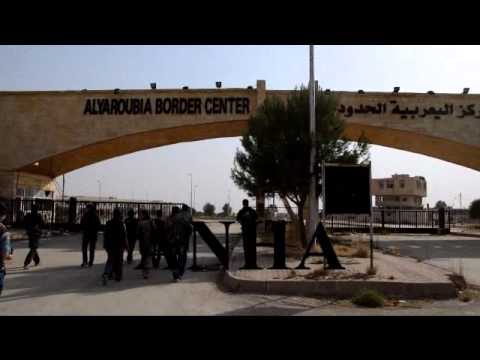The military news in Syria over the weekend was led by two developments.
After weeks of heavy fighting, insurgents captured Tafas, north of Daraa city, in the south of the country — possibly cutting off Daraa, the site of the initial uprising against the Assad regime, from regime reinforcements.
That event was simple compared to the second headline: in the north, after 48 hours of confusion, the Kurdish militia YPG captured the Yaroubiyeh crossing on the Iraq border.
The YPG, which is part of the Syrian Kurdish Democratic Union Party (PYD), took the post from the Islamic State of Iraq and as-Sham; however, other insurgent brigades — who have had their own disputes with ISIS — were involved. So were Iraqi armed forces, who shelled the post to harass and possibly dislodge ISIS.
The strategic significance of the post is being debated: will it lead to notable support of the Kurdish military effort? Conversely, will it damage ISIS, who had seized attention and advantage when they took a post on the Turkish border this summer?
Whatever the answer, the symbolic significance of Yaroubiyeh can be established.
The Syrian conflict is far beyond Assad regime v. opposition.
The insurgency has been split this year by the escalating tension between ISIS and other factions. While the groups may co-operate in some local fights, in many places across the north ISIS is now clashing — sometimes to deadly effect — with opposition brigades.
Those insurgent brigades have also been in battle with the Kurdish YPG. Some observers claim that the YPG’s political movement, the PYD, is effectively allied with the Assad regime.
I would not go that far: the PYD is first and foremost pursuing its own interests. If those interests are served by a fight with ISIS and other insurgents — even as Assad’s forces have been driven out of much of the north — so be it.
So it is now at least a 4-way fight. Regime v. Insurgency v. ISIS v. some Kurdish forces.
And who would predict that, in this patchwork conflict, the number will stop at 4?

